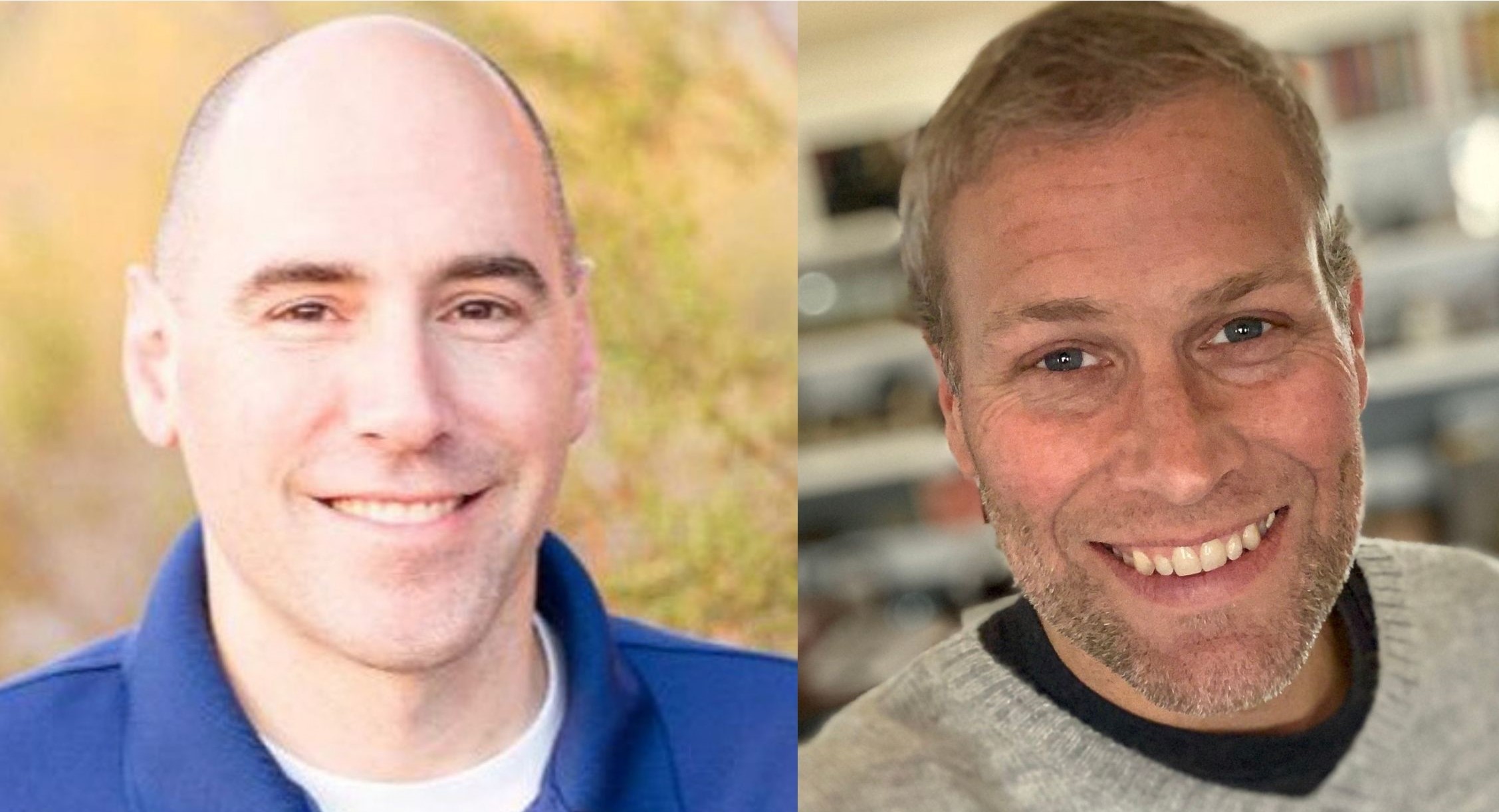 Dave Will, an EO Boston member, is the host of the EO 360° podcast. As the co-founder and CEO of PropFuel, Dave is a one-of-a-kind entrepreneur dedicated to creating a place for unique conversations with successful founders and business leaders.
Dave Will, an EO Boston member, is the host of the EO 360° podcast. As the co-founder and CEO of PropFuel, Dave is a one-of-a-kind entrepreneur dedicated to creating a place for unique conversations with successful founders and business leaders.
In a popular episode of the EO 360° podcast, Dave spoke with Kevin Stoller, EO Arizona member and co-founder and president of Key-Twelve, a company that builds furniture for innovative learning environments that foster collaboration and engagement between students and teachers.
Dave and Kevin’s podcast discussion centers around providing tips for businesses that want to start a podcast that is compelling and entertaining—and ultimately, impacts business.
Ask: Should I start a podcast?
Launching a podcast will require an investment from your business. Before you begin, ask yourself these questions to be sure that a podcast is the right next step for you.
1. What’s your podcast “why”?
Getting a podcast up and running requires time and resources. Investing in a podcast can be worthwhile, but your organization needs to answer this question before you start: Does a podcast make sense within the whole of your marketing strategy? If you are going to spend even one to two hours a month on a podcast, will it pay off better than investing that time elsewhere? If you can answer yes to this question, then a podcast is right for your business.
2. Are you able to commit to it?
Think of podcasting like long-term marketing. Can you commit to doing 100 episodes? Because you won’t get results from producing 10, 20 or even 50 podcasts. Your investment likely won’t yield a return right away. But over the long-term, you are likely see some incredible results from a podcast.
3. How will it help your business grow?
The goal of developing a business podcast should not necessarily be to gain thousands of listeners. The goal of your podcast should be to get sales. One of Kevin’s businesses developed a podcast as a way to talk to school superintendents about learning and collaboration, since they weren’t able to get these prospects on the phone for a sales call. Interestingly, these same prospects were willing to be interviewed for the podcast. Getting them involved in the conversation on the podcast eventually led to sales.
Podcast best practices
It’s important to know a few practical tips about podcasting as you plan your show, including steps like choosing a show style and format, prepping questions, investing in equipment, and maximizing the content you produce.
Choose a show style
There are multiple podcast formats from which you can choose, and one is not necessarily better than the other.
- One person talking into a microphone
- Two co-hosts talking about a topic
- The interview style
- Serialized or episode style
- A mix of the above
Prepare your questions
Be sure to prepare for your podcast, regardless of its style. If you’re interviewing someone, for example, start the podcast with shorter questions. Hit the subject with something really intriguing to hook listeners.
Decide on a podcast format
Consistency is key here and the format you choose should guide the audience through the “story” of the podcast. For example, you could begin with a brief introduction to set the stage for new and familiar audience members. Some podcasts end with an outro as well. One of the most popular business podcasts, How I Built This on NPR, has a consistent format that starts with a quote from the guest, an introduction that provides an overview of the podcast, and then the podcast itself.
Invest in equipment
There are a range of options for recording your podcast. You can rent studio space, where staff will handle all of the sound technicalities and provide an audio engineer. All you have to do is show up, record the podcast, and leave. But this typically comes with a hefty price tag. On the other end of the spectrum, you can create your own studio in a small space and invest in a good microphone and headset. Here’s a fun fact: For a time, Dave recorded the EO 360° podcast in his car when construction forced him out of his home office!
Double down on video
As a podcaster, consider ways to maximize the value from your podcasting efforts. For example, one best practice is to record the podcast on Zoom so you get both video and audio. Your business can then use the video on YouTube to extend its marketing value and reach an even wider audience. In addition, you can slice and dice the video into engaging clips to use on social media. With forethought, you can truly maximize the return on your podcast investment by using the content on multiple mediums.
For more insights into podcasting for business, listen to the full, informative conversation between Dave Will and Kevin Stoller on the 360° podcast.
Categories: BUSINESS GROWTH PR/MARKETING Video

